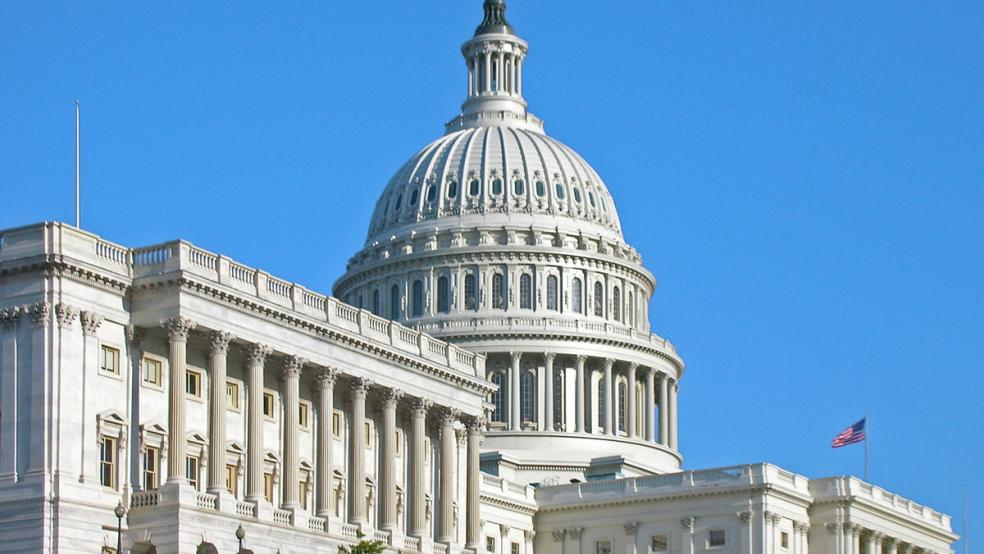The new Democratic-controlled House is expected to adopt a rules package Thursday, with provisions covering a variety of issues ranging from wearing religious headgear on the House floor (to be allowed) to the Holman rule, a 19th century regulation that allows lawmakers to reduce salaries of specific federal employees (revived in the previous Congress, to be ended).
The new rules address important fiscal issues, including:
The debt ceiling: The House is reviving the Gephardt Rule, which allows the lower chamber to automatically pass a resolution suspending the debt ceiling whenever it votes for a budget resolution that exceeds the existing limit. Roll Call said the new rule will “turbocharge the old ‘Gephardt rule’ into something completely new” since it treats the debt ceiling suspension as an independent piece of legislation and doesn’t require the Senate to agree to the same budget resolution. In another change from the original, the debt suspension will be limited to the current fiscal year.
Dynamic scoring: The previous Republican-controlled House required the Congressional Budget Office and Joint Committee on Taxation to analyze the economic impact of major legislation, including dynamic feedback effects. Worried that the dynamic models overestimate the positive economic effects from tax cuts, Democrats are eliminating the requirement.
Tax increases: There will no longer be the requirement for a 3/5 supermajority to approve revenue-enhancing tax hikes.
Appropriations amendments: Lawmakers will be able to offer amendments to appropriations bills that increase overall spending.
Pay-as-you-go: Speaker Nancy Pelosi will restore the pay-as-you-go rule that requires increases in mandatory spending and tax cuts to be offset by spending cuts or revenue increases, to ensure that the federal deficit doesn’t grow. The rule can be waived by majority vote.




